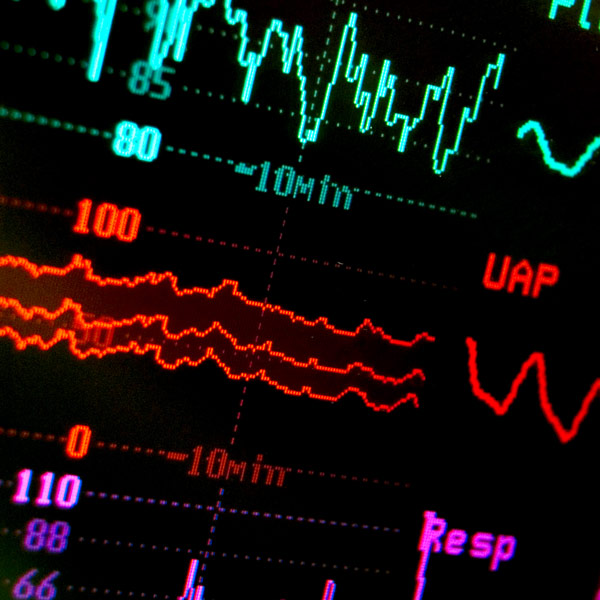
WEDNESDAY, May 21, 2014 (HealthDay News) — A home-based walking program benefits people with poor blood circulation in their legs, a new study finds.
The study included patients with peripheral artery disease (PAD), a narrowing of the arteries that can cause leg pain and hinder walking ability. Previous research found that supervised exercise programs can improve walking and reduce the symptoms of PAD, but this study is the first to examine the effects of a home-based workout regimen.
There were 81 patients who took part in a program that trained and encouraged them to walk at home, and a control group of 87 patients who received only general health information.
The participants in the home walking program were told to try to walk at least five days a week, building up to 50 minutes a day. If they experienced leg pain, they were to rest until their legs were comfortable again and then resume walking.
After one year, the patients in the home walking program improved their six-minute walking distance by about 87 feet (from about 355 meters to 382 meters), while the distance covered by patients in the control fell slightly, from about 353 meters to just under 346 meters.
The study was published May 21 in the Journal of the American Heart Association.
“The problem with supervised exercise is that it takes many visits to a cardiac rehabilitation center or other exercise facility, and it is not covered by Medicare,” study author Dr. Mary McGrae McDermott, professor of medicine at the Northwestern University Feinberg School of Medicine in Chicago, said in a journal news release.
“Our results should encourage physicians to recommend walking even if their patients do not have access to a supervised exercise program,” she added.
“The results emphasize the importance of recognizing and treating PAD, a common condition that often remains undiagnosed and can become life-threatening as it restricts circulation to the legs, arms, feet and kidneys. Patients with PAD are also at heightened risk for heart attack and stroke,” McDermott said.
“Don’t think walking problems are a normal part of aging. If you have leg pain, weakness, tingling or other difficulty walking, report it to your doctor and ask about the possibility you may have PAD,” she advised.
More information
The U.S. National Library of Medicine has more about peripheral artery disease.
Copyright © 2025 HealthDay. All rights reserved.

